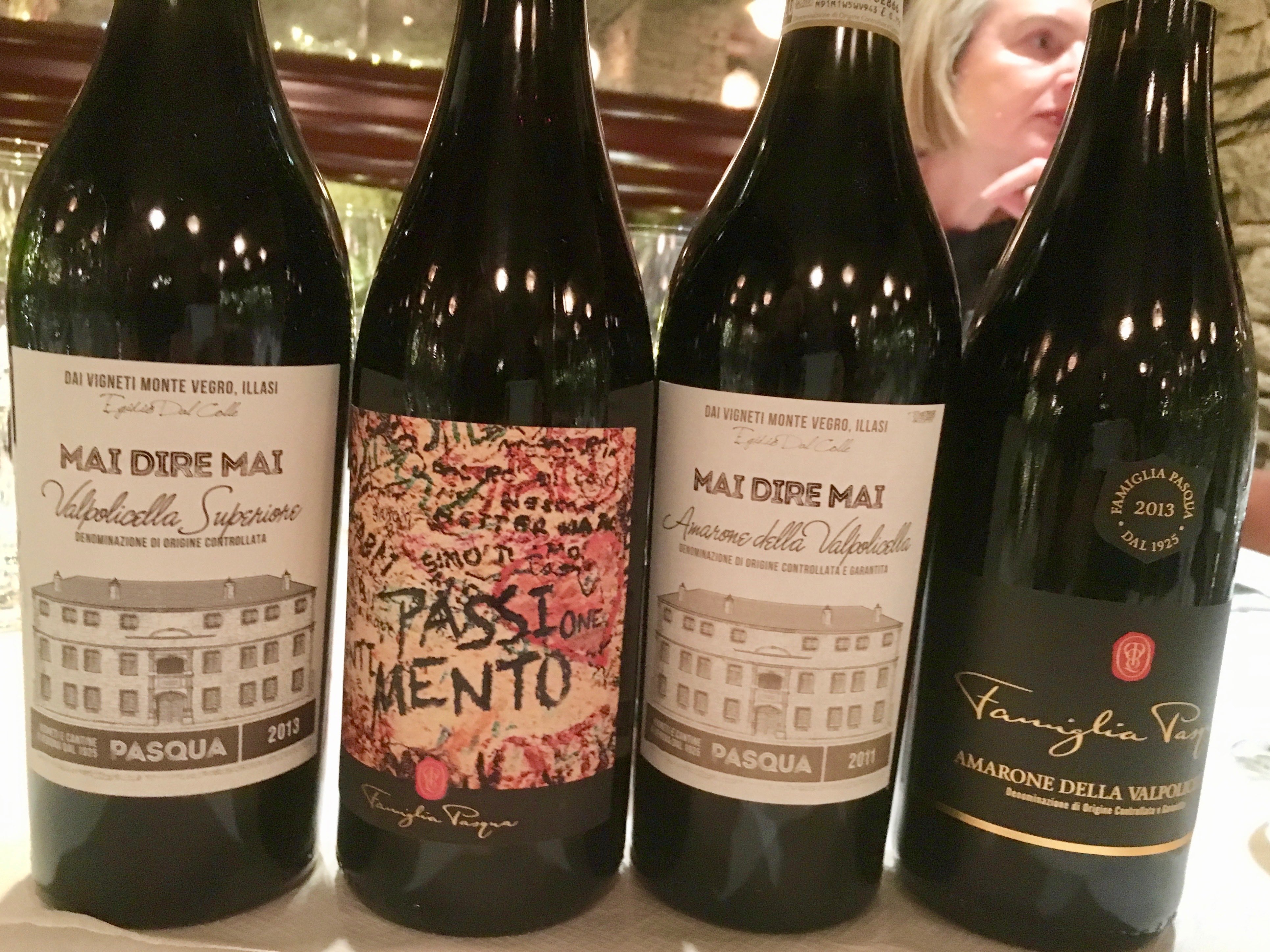Bonnie: I first learned about Almondina cookies from Wendy Burrell, a friend who the food world lost too soon. Wendy Burrell owned The Burrell Group, an effective boutique public relations agency (now in the capable hands of Ronnie Campbell). Wendy had turned me on to the crisp, delicious biscotti-like thin wafer more than a decade ago.
I’ve been enjoying Almondina — described as a “cookie without guilt” — ever since. The cookie is described that way as it’s low in fat (the 1 gram/cookie is from the almonds), with no cholesterol (they use only the white of the egg), no added salt and no preservatives. In fact, the ingredients are merely almonds, wheat flour, malted barley flour, sugar, egg whites, raisins and natural flavor. I like that and I like the flavor of the original best. It’s based on a recipe passed down from generation to generation, originally made by Grandma Dina – and obviously named after her.
And by the way – this cookie has won four fancy food awards (that’s the award of the National Association for the Specialty Food Trade) for “Best Cookie” and “Outstanding Classic.”
It’s perfect to keep in the shelf for unexpected company to serve with coffee for dipping, or as a cheese accompaniment.
Bryan: Is it a cookie or is it a biscotti? Is there really a difference? Well, there sort of is, and then again there sort of isn’t. Confused? Me too. Thanks Wikipedia!
Biscotti truly refers to the twice-baked cakes originally produced in the Italian city of Prato. The cakes were (and still are) essentially large almond biscuits made particularly dry and crunchy by cutting the cake while still hot and fresh from the oven.”Biscotti” is only the traditional name though, simply the plural of “biscotto” originating from the Latin word _biscoctus_, meaning “twice-baked.”
Almondina is prepared as biscotti is (cutting loaves fresh from the oven), but we all change words around in our own countries and cultures. In North America, “biscuit” has taken on other meanings, where we call twice-baked cookies biscotti. In the United States and Canada, a cookie is a small, flat-baked treat, whereas in most other English-speaking countries, the most common word for this is a biscuit. Even more confused? Me too. I’m done defining and on to trying them.
So… Almondina are amazing. Who cares what they are! These thin, crisp cookie/biscotti/delights are packed with fruits and nuts. “The Original” is made with almonds and raisins, with no dairy, added fat, salt or cholesterol. Supremely thinly sliced and super crunchy, they’re “bagel chip meets almond pastry,” and they’re addictively appetizing, though I didn’t think so after the first bite. “Eh,” I thought, but then I wanted another, and another, and then a chocolate cherry variety. “Hmm… I could dip this in my coffee,” and “Oh yeah, that’s good!” Topped with cream cheese, “another winner.” I like them; I will keep eating these Almondina oddities.
Nutritionally speaking, about 100 calories and only 3 grams of fat is not a bad cookie-guilt experience (three cookies) for all us snackers out there. I’m certainly not going to try to sandwich ice cream between these, but its a great crunchy treat for when I’m in a different kind of cookie mood.
Eric: Almondina might not be easily classifiable as a cookie, a biscuit or a piece of biscotti, but what they lack in categorization, they certainly make up for with taste (and crunch). There are plenty of almond-based flour amalgamations on the supermarket shelves, most even containing the same basic ingredients, but Almondina stands out among the crowd for the simple approach to their original flavor.
The beauty of crafting a thin, crunchy waferesque snack with almonds, dried fruit and nuts is in the versatility. Not only can you eat Almondina in its basic form, but you can stir it in coffee, layer it with cheese, dip it in Rigoni di Asiago Nocciolata (an organic hazelnut spread) or drizzle it with honey. The sweet/savory flavor and crunch add up to an unparalleled taste and texture.






We were served this last night, tucked into a bowl of ice cream. It was really good — especially the crip texture against the smooth desert.
They were pretty good, but were much thinner than I expected. In general, though, I prefer my cookies on the “guilty” side!